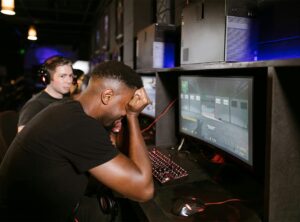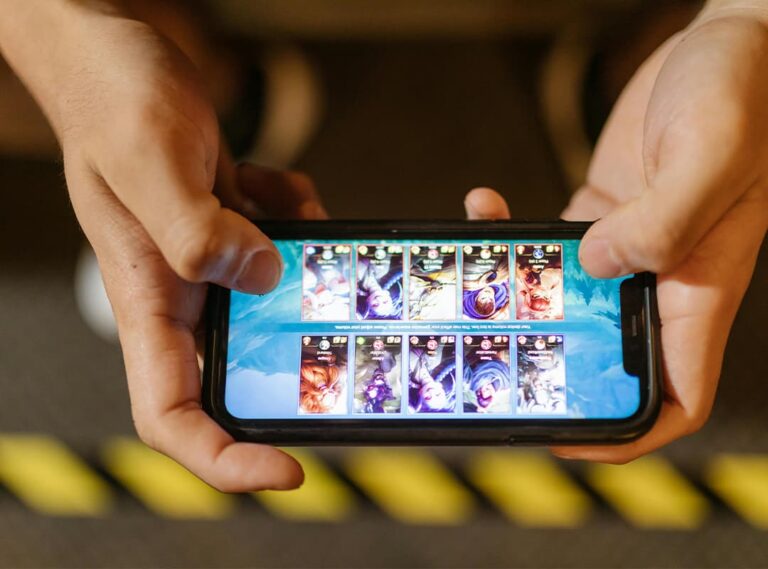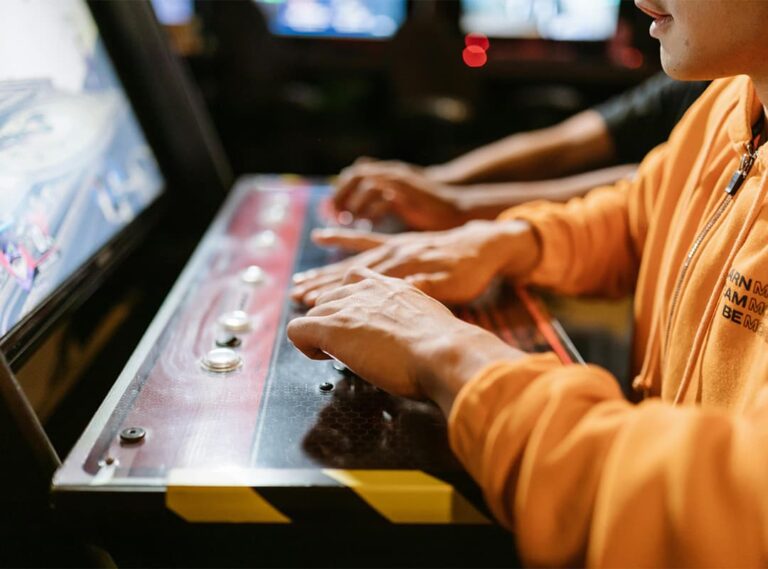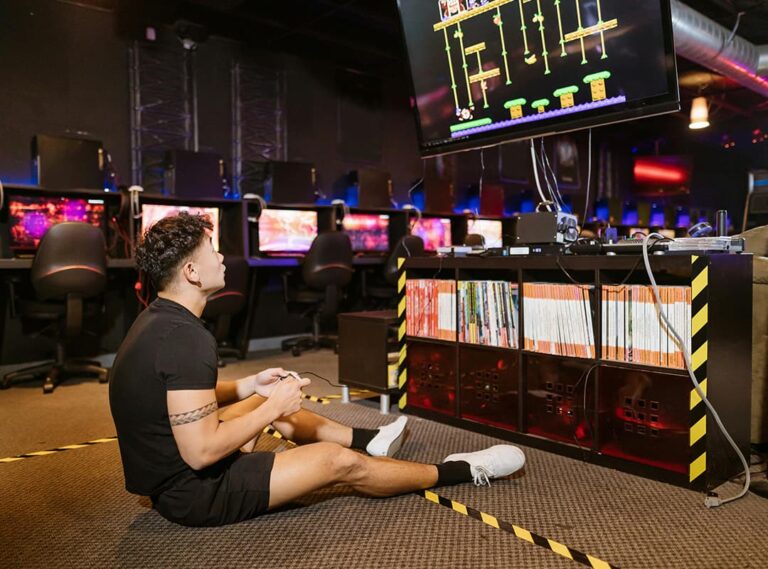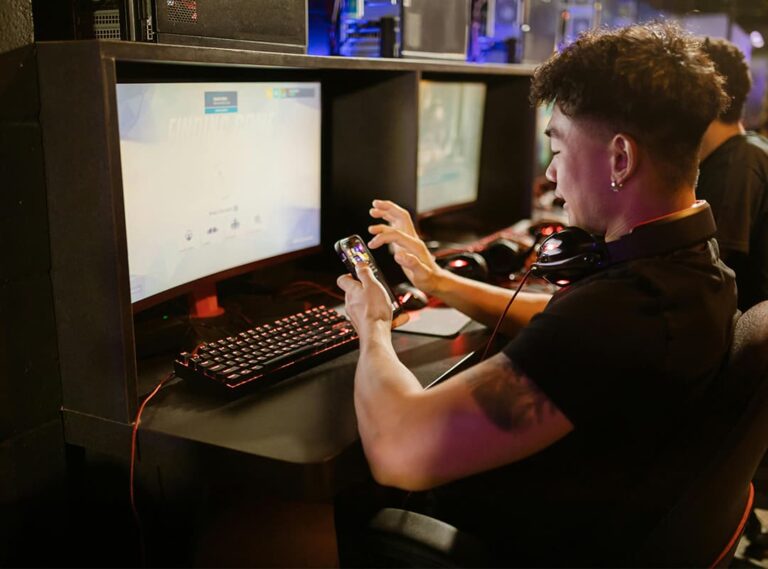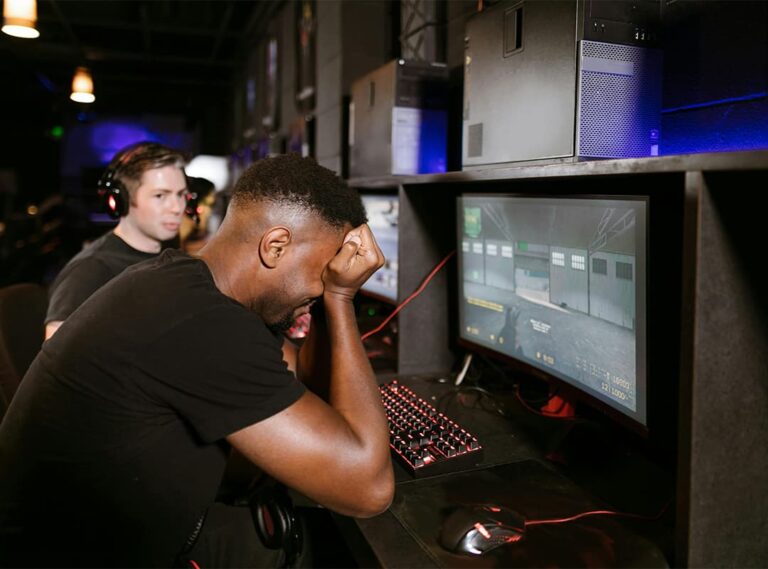Web2 to Web3: moving from a closed economy to an open one
While fun is certainly important in game development, creating a sustainable game economy is equally important. A fun game attracts players, and a well-designed game economy keeps players from getting bored. Ragnarok Online suffered an exodus after – nbsp; Hyperinflation of its in-game currency Zeny collapsed the value of the currency . MapleStory , EVE Online and On the other hand, World of Warcraft has had a stable in-game economy for decades. Based on this experience, game companies have accumulated the expertise to build a stable in-game economy.
However, the Web3 game environment is significantly different from Web2, which means that the economic structure created for Web2 games may not work for Web3 games. New types of stakeholders have emerged in the Web3 environment, and assets and goods that used to be tightly controlled within games are now flowing outward. In this paper, we will first look at the challenges of building a closed Web2 economy and an open Web3 economy. From there, we will move on to discuss how Web3 tokenomics models have evolved to address such problems. Finally, we will attempt to predict the future of Web3 tokenomics and conclude with a few suggestions.
From Web2 to Web3: the challenges of building an open economy
First, game companies must ensure user ownership of the Web3 game space. In a closed economy, game companies own game assets and users “borrow” them. In an open economy, users are guaranteed full ownership of the assets. This allows users to monetize their assets, create secondary content, and more.
Second, unlike closed economies, it is difficult for game companies to control currency outflow in an open economy. In Web2 games, a well-managed supply and demand of in-game currency prevents inflation and devaluation. In Web3 games, investors appear as a new parameter, opening up the possibility that the currency deviates from how it was originally designed in the Web2 context. Thus, game companies must consider the potential outflow of currency by investors when designing the economics of Web3 games and develop preventive measures.
Finally, game companies will have to relinquish control over the in-game economy. In Web2 games, game companies retain strong control over the in-game economy by acting as a central bank and supplying and balancing in-game items and goods. While game companies in an open economy remain responsible for game development and the initial design of the in-game economy, subsequent economic decisions depend on a democratic governance process.
Evolution of game tokenomics models
First, the NFT-based model was a transition strategy for the nascent stage of blockchain games such as Cryptokitties in 2017. In 2017, Ethereum’s DApp ecosystem was not yet vibrant and the concept of NFT was just emerging. The importance of giving users ownership of items outweighed gameplay or in-game economics. With the advent of CryptoKitties in 2017, there were games that began to incorporate NFT into their games, including Sorare, a sports game in which player cards were converted to NFT.
The mechanism of the NFT-based model is not complicated. The structure is simple because there is no FT (Fungible Token) and the main economic activity revolves around NFTs. The rest of the user’s activities, such as breeding and trading items, depend on the currencies of the underlying network, such as ETH. This is because at the time, the idea of releasing native FT in games didn’t even exist, giving projects no other option but to use existing core network currencies as in-game currencies.
The advantage of the NFT-based model is that it simplifies the design and management of the in-game economy. Not only does it save game companies resources to build the in-game economy, but it also gives them control over the in-game currency and users are given ownership of items. Also from the user’s perspective, the inclusion of the core network currency in this model simplifies the process of trading and updating their NFT.
However, the limitations of this model are also evident. First, it does not guarantee users’ ownership of in-game currency. The only thing users can own is an item or NFT, and the ownership of in-game currency is still held by the game companies. Second, this model is highly dependent on external variables, especially the price of the core network token. The lack of proprietary FTs and an economy built around them makes it vulnerable to external factors such as fluctuations in the price of core network currencies such as ETH. In addition, the business model resembles the sale of collectibles such as PFP, making it difficult for game companies to create stable revenue streams.

